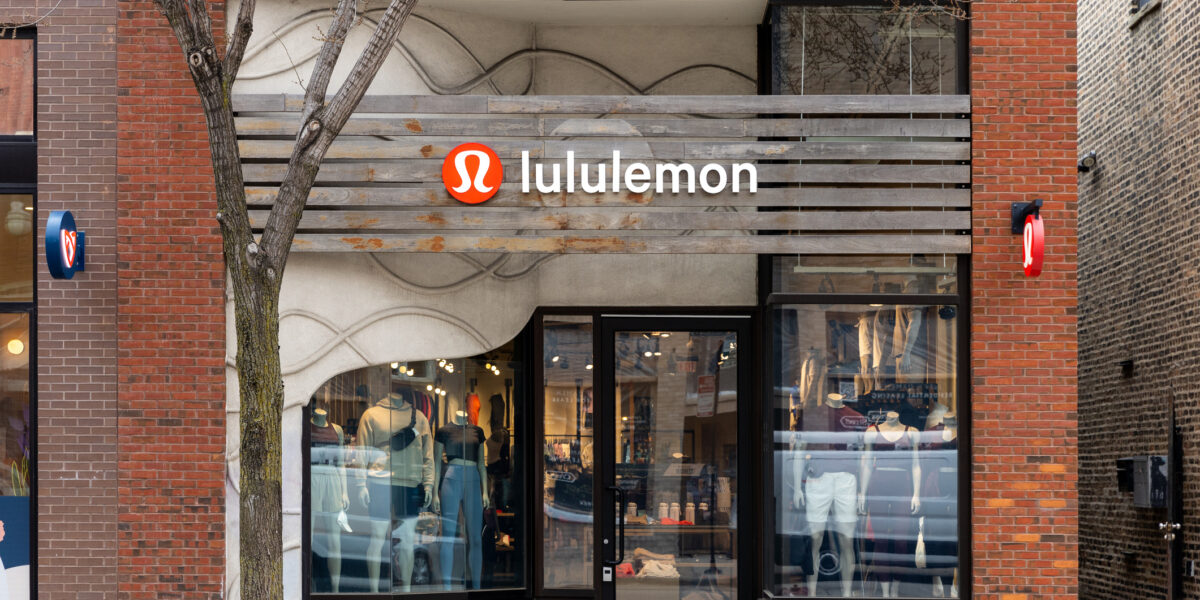Every now and then, I find myself missing the classroom. I’m someone who loves to learn—I’m constantly signing up for webinars, reading about new marketing trends, or diving into a good case study just for fun. (yes, really.)
Recently, I found myself thinking about one of my favorite college courses at Ohio State: Crisis Communications. What made it so memorable was how each lesson tied back to real-world events. It wasn’t just theory—we analyzed brand responses to actual situations. One day stood out in particular: a communications professional from Wendy’s came in to talk about that incident… the infamous “finger in the chili” crisis. I was hooked.
Some of those case studies have stuck with me to this day—and surprisingly, they’ve come in handy more often than I expected. Here are three I still think about from that class over a decade ago, plus three more recent examples every marketing or comms pro should have on their radar.
The Classics: 3 Crisis Case Studies That Stuck with Me
- Wendy’s: The Finger in the Chili
Back in 2005, a woman claimed to find a human finger in her bowl of chili at a San Jose Wendy’s. The media had a field day. Wendy’s saw sales plummet, franchises close, and customers lose trust. But here’s the twist: it was a hoax.
What I learned:
- Speed matters, but accuracy matters more.
- Even if you’re not at fault, perception is everything.
- Be human—Wendy’s CEO went on TV and addressed it directly, which helped rebuild trust.
- Lululemon: The “Not Every Woman” Comment
In 2013, then-CEO Chip Wilson suggested that some women’s bodies “just don’t work” for their leggings. Cue outrage. The brand was already under fire for see-through yoga pants, and this just added fuel.
What I learned:
- Leaders must be trained spokespeople. One comment can undo years of brand equity.
- Owning the mistake matters more than defending it. Wilson later apologized, but the damage was done.
- Your values need to show up in your voice, not just your ads.
- Tylenol: The Gold Standard of Crisis Response
In 1982, several people died after taking cyanide-laced Tylenol capsules. Johnson & Johnson immediately pulled 31 million bottles off shelves, launched a media campaign to alert the public, and introduced tamper-proof packaging.
What I learned:
- Transparency saves lives—and reputations.
- Prioritizing customer safety builds long-term trust.
- Sometimes the boldest (and most expensive) move is the right one.
The New Era: 3 Recent Crises and What We Can Learn
- Bud Light & the Dylan Mulvaney Controversy (2023)
When Bud Light partnered with trans influencer Dylan Mulvaney, backlash followed from both sides—conservatives boycotted the brand, while progressives criticized it for failing to stand behind the campaign. Sales dropped significantly.
Takeaway:
- Brands need to fully commit to their values—half measures please no one.
- Know your audience(s) and anticipate potential reactions from all sides.
- Silence can be louder than words.
- Peloton’s Holiday Ad Backlash (2019)
Remember the ad where a husband gifts his wife a Peloton? The internet did not take it well. Viewers called it sexist and dystopian, accusing the brand of promoting unrealistic body standards. Peloton stood by the ad, but the backlash was fierce.
Takeaway:
- Intent doesn’t matter as much as impact.
- Run your campaigns by diverse voices before they go live.
- Social listening is crucial—own the narrative early or it runs away from you.
- Southwest Airlines Meltdown (2022)
A massive operational failure during the holiday travel season left thousands stranded. While weather played a role, internal tech and planning issues were to blame. The delayed response only worsened customer frustration.
Takeaway:
- Infrastructure is part of your brand.
- Clear, proactive communication can soften the blow.
- Say what you’re doing to fix it—then follow through.
Crisis Comms 101: It’s About People First
What ties all these cases together? They remind me that crisis communication isn’t just about messaging—it’s about people. It’s about how your brand shows up when things go wrong. The best responses are rooted in empathy, transparency, and accountability.
Whether you’re working on a global brand or a small local business, these crisis communications lessons apply. And if you’re like me and sometimes miss the classroom, these real-world case studies are a great way to keep learning.


